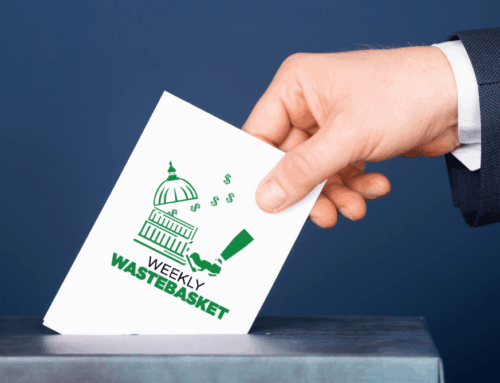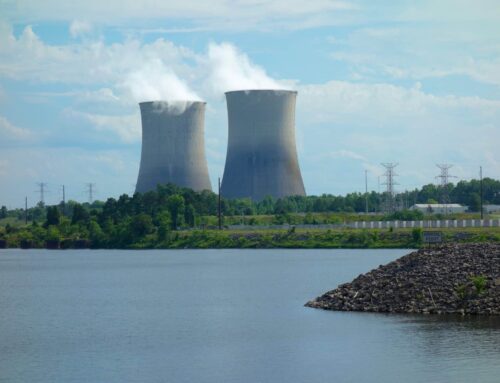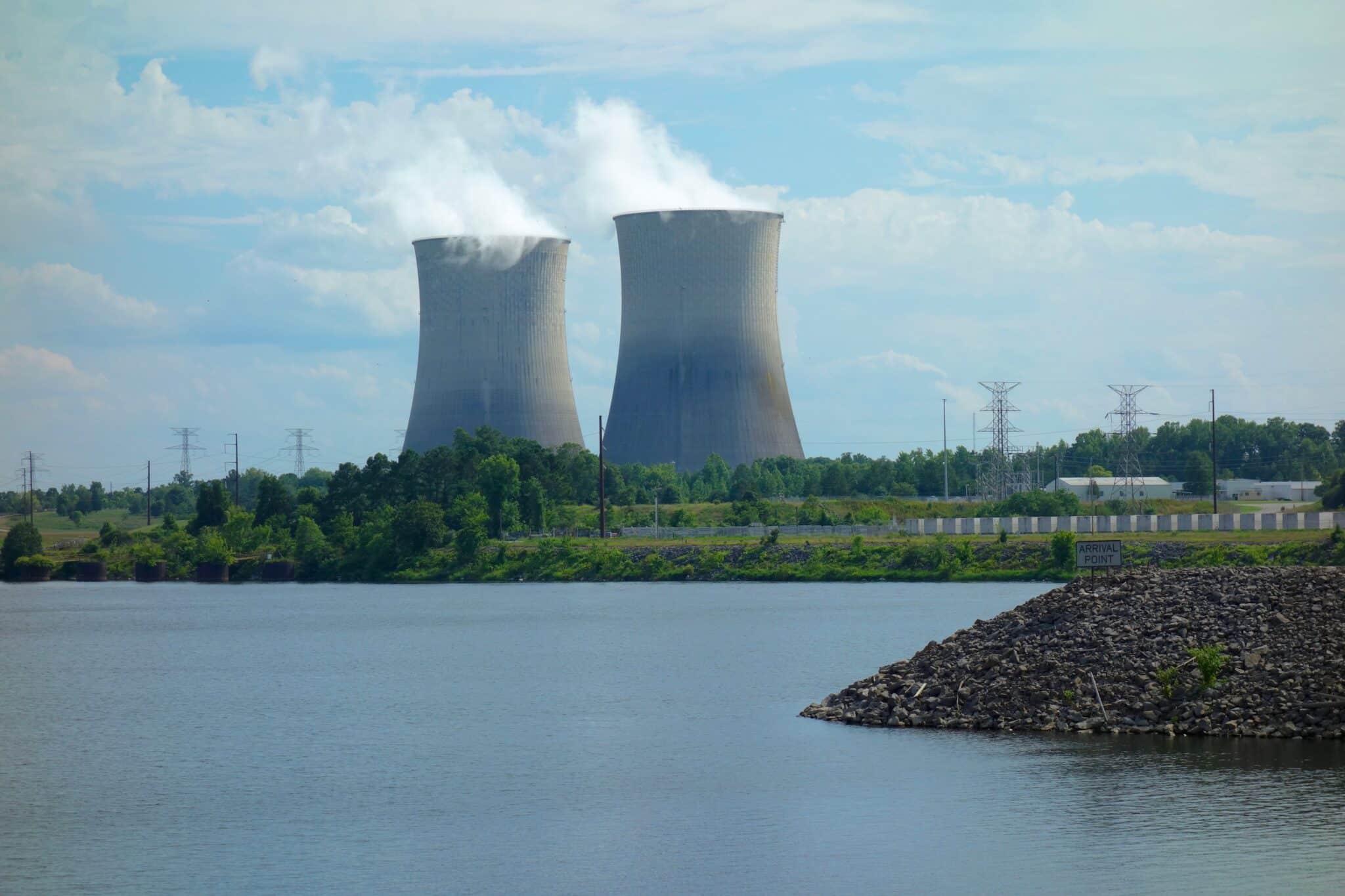May 6, 2025
Dear Member of the Senate Agriculture Committee,
Taxpayers for Common Sense Action (TCS Action) is pleased to see the Senate Agriculture Committee considering legislation that addresses increasing wildfire costs and risks. As wildfire seasons grow longer and more severe, it is clear that our nation's approach to wildfire risk must evolve. Wildfires are no longer rare, catastrophic events—they are a persistent and growing threat, exacerbated by decades of policy decisions that have left both our communities and the federal budget vulnerable. At Taxpayers for Common Sense, we are dedicated to ensuring that every tax dollar spent on wildfire management provides real, lasting value: protecting lives, property, and the public purse.
The Fix Our Forests Act (S. 1462) presents a timely opportunity to recalibrate federal wildfire policy and spending in a way that protects taxpayers and communities. Our comprehensive report, Clearing the Smoke: A Closer Look at Federal Spending and Programs on Wildfire, highlights several areas where Congress can take steps to make federal wildfire spending smarter, more efficient, and more effective in reducing risk in the long run.i
Investing in Community Hardening and Risk Mitigation
History and data show that the best return on taxpayer dollars comes from investments made before disaster strikes. For decades, wildfire management has centered on suppression and forest treatments. But as housing development pushes closer to forests and grasslands, these strategies are proving inadequate for addressing the unique risks of the wildland-urban interface (WUI).
Studies have shown that upfront federal investments in wildfire mitigation at the WUI save communities threefold in avoided losses.ii Yet, TCS research found that, historically, only 17% of federal wildfire appropriations have been allocated to mitigation—and an even smaller percentage has been dedicated to the built environment.iii
The Fix Our Forests Act takes meaningful steps to address this imbalance:
- Community Wildfire Risk Reduction Program (Sec. 201): This new program would support risk reduction in the built environment, including landscape-scale efforts with building codes, and modernize detection and warning systems—directly addressing the need for smarter, more targeted spending that reduces future liabilities. The program's effort to better integrate risk reduction measures into existing federal programs would also be a crucial step in ensuring tax dollars are spent wisely and in ways that best minimize future risk.
- Community Wildfire Defense Research Program (Sec. 202): By expanding the Joint Fire Science Program to include research and development on wildfire-resistant structures and communities, the bill invests in innovation that can break the cycle of destruction and costly rebuilding.
- Community Wildfire Defense Grant Program (Sec. 204): Expanding the existing program to fund structure resilience, defensible spaces, and infrastructure hardening ensures that federal dollars are spent on proven, cost-effective strategies.
- Joint Chiefs Landscape Restoration Partnership (Sec. 115): Including post-wildfire recovery in this program is a pragmatic move, as rebuilding smarter after a fire can prevent repeated losses and additional federal outlays.
These provisions align with our recommendations that investing in wildfire-resistant homes and neighborhoods improves resilience and reduces vulnerability.
Recognizing the Need for Fire on the Landscape
Decades of suppressing all fires have left forests overgrown and primed for megafires, with devastating fiscal and ecological consequences. Fortunately, there is a growing recognition that fire is a natural and necessary part of healthy ecosystems. The Fix Our Forests Act's support for prescribed fire (Secs. 131–136) is grounded in science and the lessons of the past. When used wisely, prescribed burns reduce hazardous fuels, restore ecological balance, and save money by preventing catastrophic events.
Transparency, Accountability, and Coordination Lead to Smarter Spending
One of the most persistent challenges we identified in Clearing the Smoke is the lack of transparency in how federal wildfire dollars are spent. Billions have been appropriated through the Infrastructure Investment and Jobs Act (IIJA) and the Inflation Reduction Act (IRA), on top of growing annual appropriations, but tracking outcomes is often impossible due to fragmented reporting and vague program goals.
The Fix Our Forests Act moves the needle on transparency:
- Accurate Hazardous Fuels Reduction Reports (Sec. 302): Requiring detailed, publicly available data on where, how, and at what cost hazardous fuels are reduced is critical for oversight and for ensuring that future appropriations are directed to what works.
- Fireshed Registry (Sec. 103): A searchable, public database of wildfire risk and project statuses will empower communities and policymakers alike to track progress and hold agencies accountable.
- Regular Program Assessments (Sec. 203): Biennial evaluations of risk reduction programs help ensure that taxpayer investments are delivering results.
Our report calls for exactly these kinds of reforms: standardized definitions, cross-agency budget tracking, and outcome-based metrics. Without them, we risk repeating past mistakes—spending more but not spending smarter.
The Fix Our Forests Act's creation of a Wildfire Intelligence Center (Sec. 102), efforts to better coordinate wildfire budgets across agencies (Sec. 201), and establishment of a uniform grant portal (Sec. 201) are also practical steps to break down bureaucratic silos, improve coordination, and make it easier for communities—especially those at greatest risk—to access federal resources. Our analysis found that the complexity of federal wildfire programs often leaves communities confused and under-resourced, while dollars flow to programs that may not align with local needs.
Conclusion
The Fix Our Forests Act can help get wildfire programs and spending on the right track. There is a growing consensus that wildfire policy must adapt—moving from reactive suppression to proactive, community-centered mitigation that is transparent and has clear, measurable outcomes. As stewards of taxpayer dollars, we urge Congress to avoid repeating past mistakes and ensure that every dollar spent reduces risk and protects communities.
Sincerely,

Steve Ellis
President
[1] Taxpayers for Common Sense (TCS), "Clearing the Smoke: A Closer Look at Federal Spending and Programs on Wildfire," April 2023. https://www.taxpayer.net/energy-natural-resources/clearing-the-smoke-a-closer-look-at-federal-spending-and-programs-on-wildfire/
[2] Porter, K. "Natural Hazard Mitigation Saves." National Institute of Building Sciences. FEMA, December 2019. https:// www.nibs.org/projects/natural-hazard-mitigation-saves-2019-report.
[3] TCS, "Topline Analysis for the Wildfire Spending Database: FY2015-2024," October 2024. https://tcsdatabases.net/wildfire/topline-analysis/










